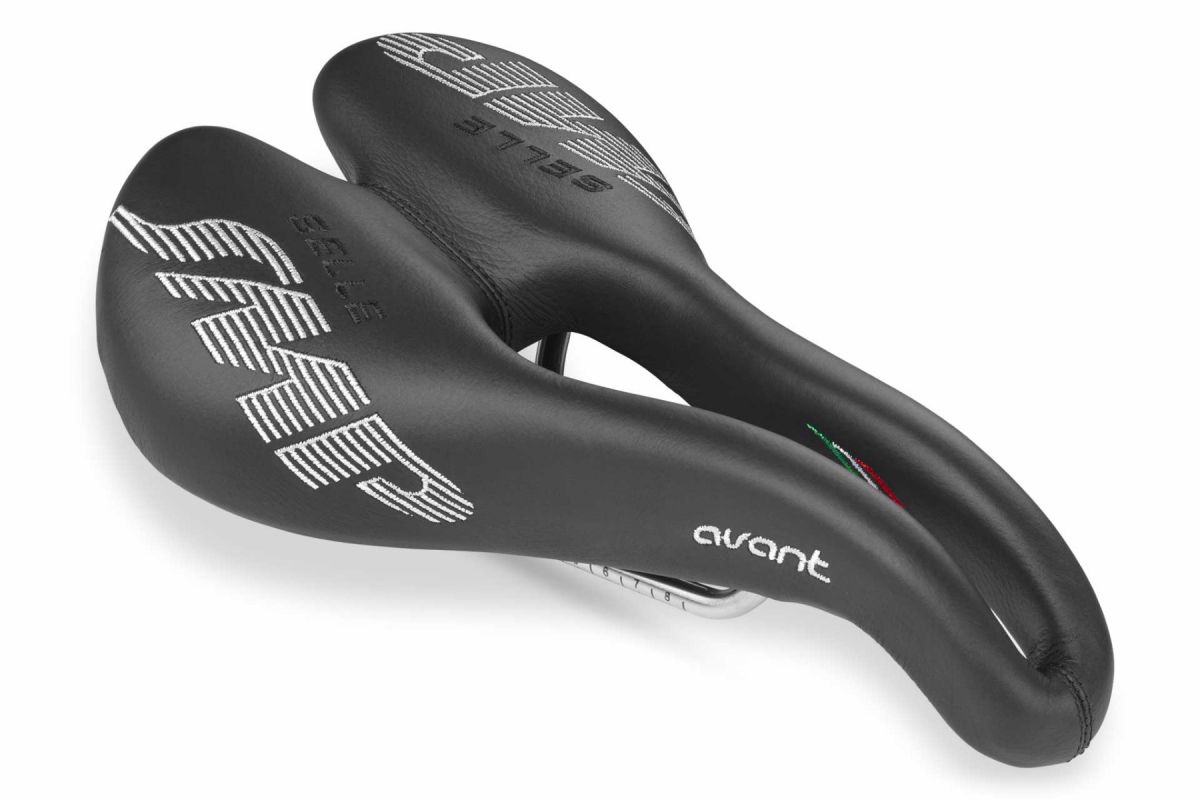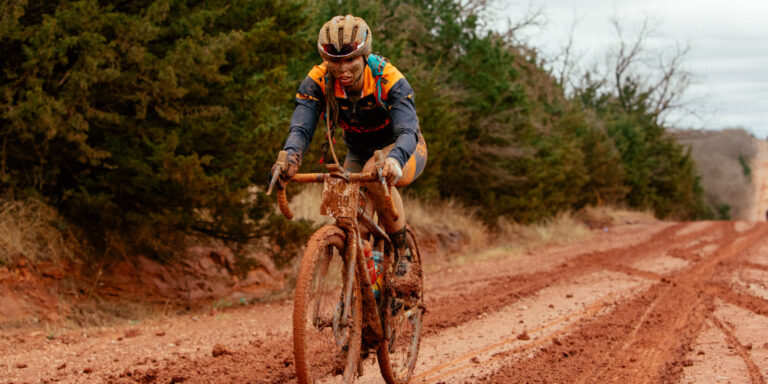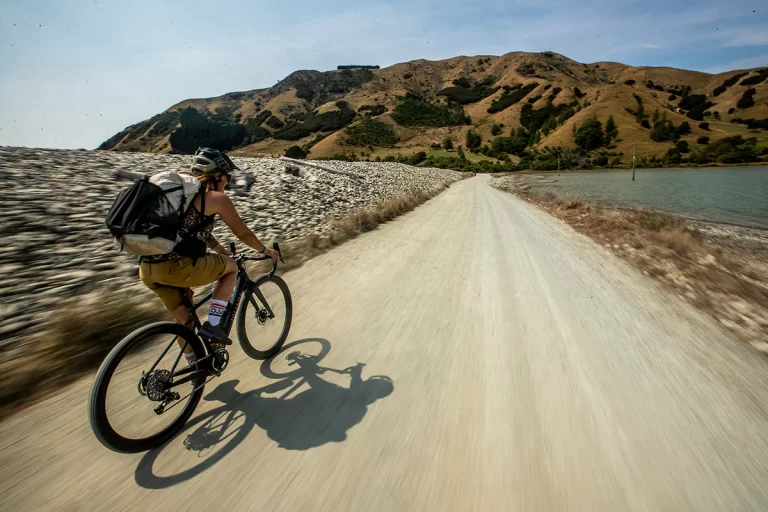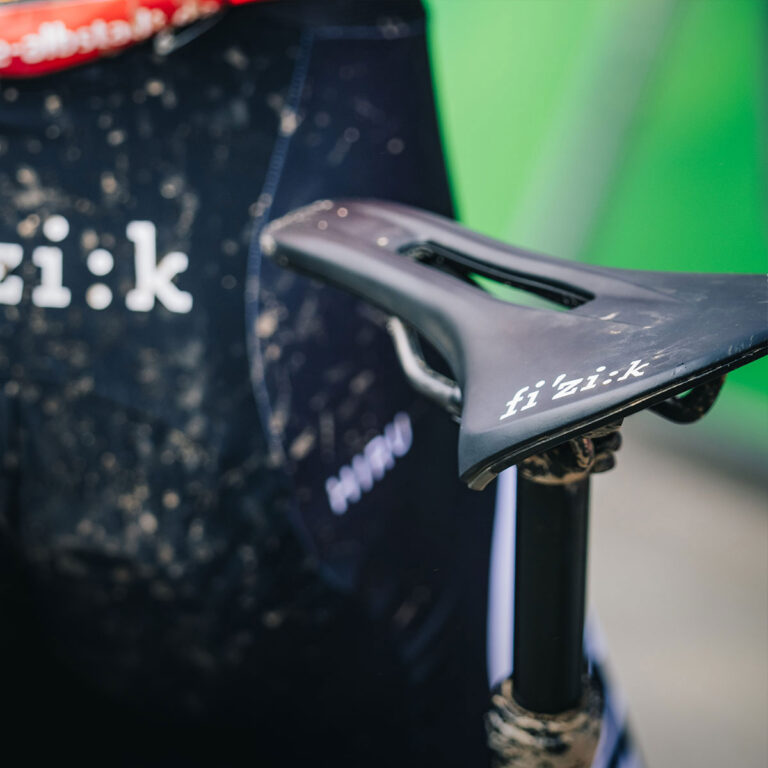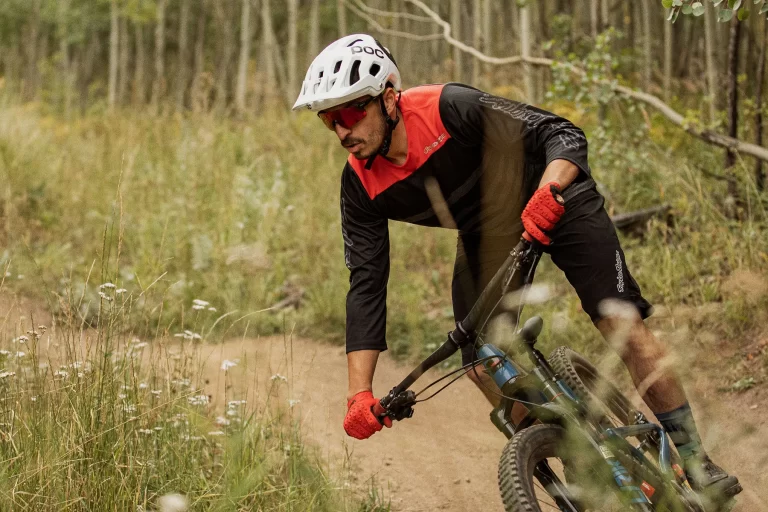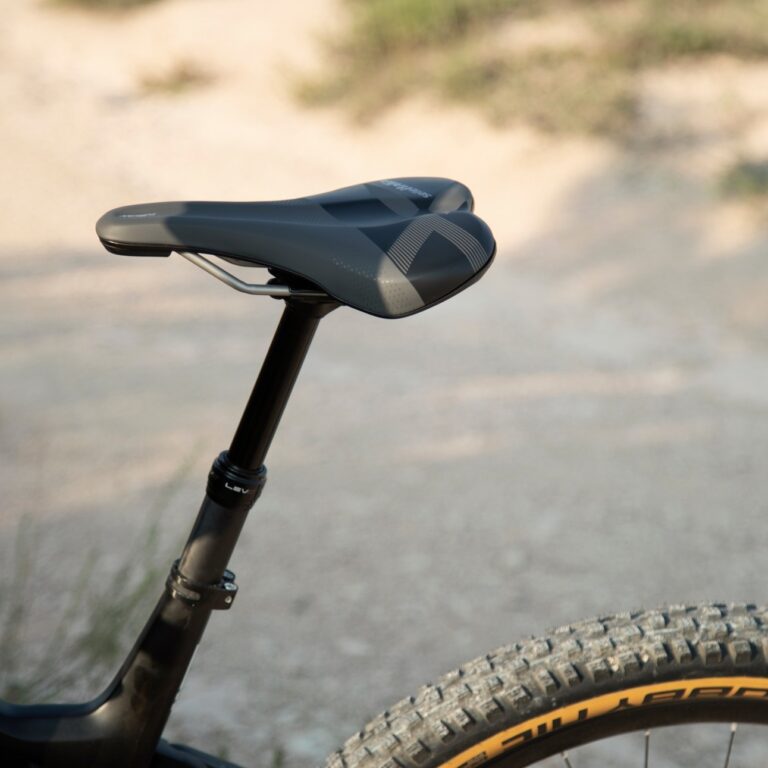How to Choose a Mountain Bike Saddle
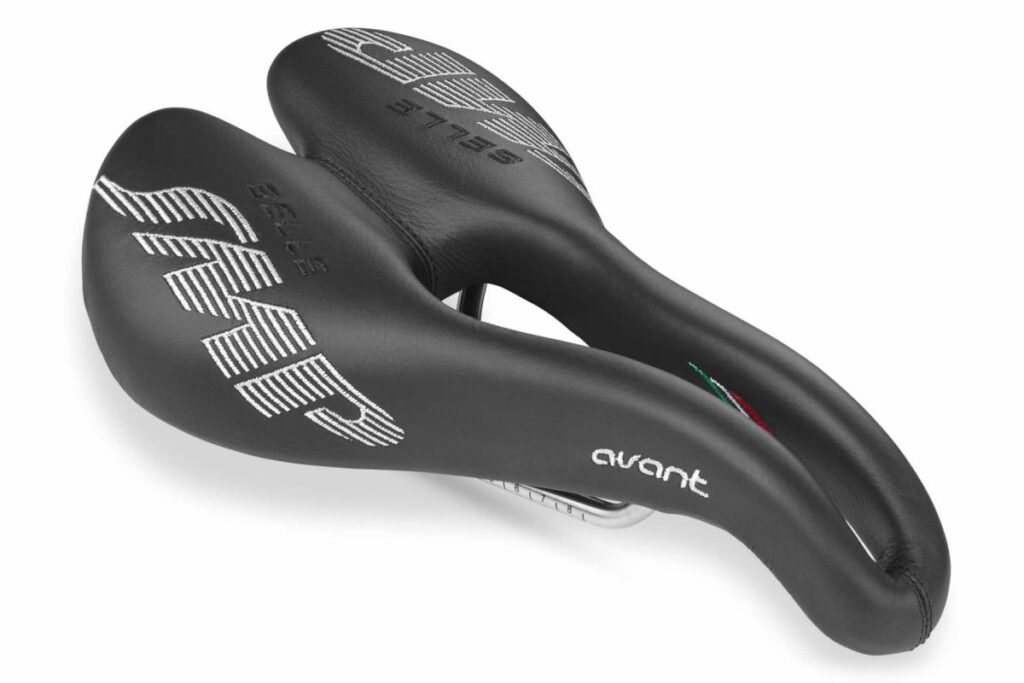
Choosing the Ideal Mountain Bike Saddle: A Comprehensive Guide
Mountain biking captivates the hearts of many with its blend of adrenaline, outdoor exploration, and physical challenge. However, regardless of the advanced technologies integrated into our bikes, the saddle remains central to defining our riding experience. Surprisingly, many riders neglect this vital component, leading to discomfort or even injury. Selecting the right saddle ensures an optimized riding experience, enabling mountain bikers to fully embrace the trails. So here’s how to choose a mountain bike saddle.
Deciphering the Essence of a Suitable Saddle
Mountain biking isn’t a one-size-fits-all sport. Bikers have unique preferences, riding styles, and physiologies. These factors emphasize the importance of a suitable saddle. The saddle not only acts as a cushion but also as a control point, affecting the biker’s maneuverability and stability on challenging terrains. The repercussions of an ill-fitted saddle can be immediate discomfort or long-term health implications, making the selection process crucial.
Deep Dive: Anatomy of a Mountain Bike Saddle
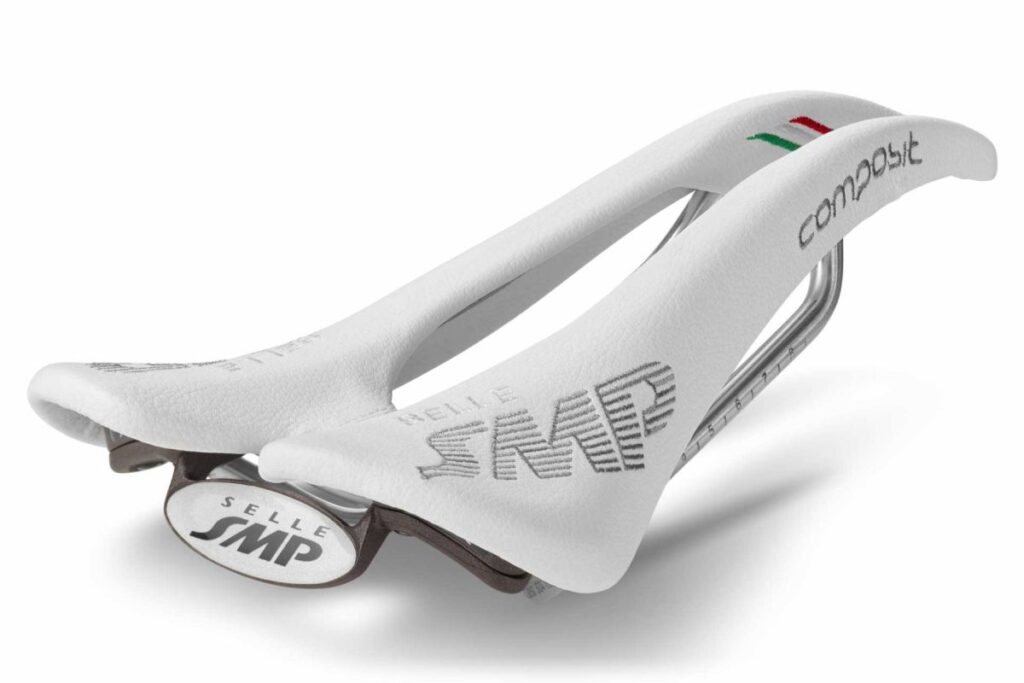
Understanding the elements of a saddle will help in making a more informed choice:
- Shell: Often made from plastic or advanced carbon fiber, the shell is the saddle’s foundation. A stiffer shell can provide more efficient power transfer but may compromise on comfort. Conversely, a flexible shell can offer more comfort but may feel less “responsive”.
- Padding: Acting as a buffer between the rider and the shell, padding is crucial for comfort. However, the type and amount of padding required can differ significantly between riders and riding styles. A balance must be struck between sufficient cushioning and saddle responsiveness.
- Cover: Protecting the padding and enhancing the saddle’s aesthetics, covers can be crafted from genuine leather, synthetic materials, or blended fabrics. The choice here can impact saddle longevity, comfort, and maintenance needs.
- Rails: These are the attachment points to the bike. While steel rails are common and durable, premium materials like titanium offer weight savings, and carbon fiber provides a combination of lightness and vibration damping.
Riding Style’s Influence: The vast spectrum of mountain biking, from cross-country to enduro to downhill racing, demands different saddle specifications.

- Cross-Country (XC): This discipline focuses on speed and efficiency over longer distances. Therefore, a saddle designed for XC should offer a balance of comfort and lightweight. An ergonomic design with moderate padding can help sustain longer rides without adding too much weight to the bike.
- Trail: Trail riding is more about enjoying diverse terrains and making the most of the ups and downs. A versatile saddle with a bit more cushioning, possibly with gel, and a durable cover material would be suitable.
- Enduro: Fast descents and challenging terrains characterize enduro. Riders require saddles that facilitate quick movements and position changes. A slightly shorter, durable saddle with grip-enhancing materials can aid in controlling the bike during intense sections.
- Downhill: It’s all about speed and tackling steep terrains. Saddles for downhill biking might be slim and out of the way, allowing maximum freedom of movement. The focus is less on comfort for prolonged periods and more on maneuverability and control.
Personal Physiology: The width between a rider’s sit bones plays a pivotal role. Incorrect saddle width can lead to pressure points, causing discomfort and potentially resulting in injury. Specialized tools and experts at bike shops can assist in accurately measuring sit bone width, ensuring a saddle provides optimum support.
Saddle Profiles and Lengths: The profile of the saddle — whether flat or contoured — affects how a rider interacts with it. Some riders might prefer a flat profile for consistent contact and ease of movement, while others might lean towards a contoured profile for better weight distribution and support.
Delving into Padding: Beyond just choosing between foam and gel, consider the density. High-density foam can offer firm support, while medium-density can strike a balance between comfort and responsiveness.
Materials Matter: Leather, with its natural ability to adapt to one’s unique shape, offers unparalleled comfort. However, synthetic materials may fare better in harsh conditions and require less upkeep.
The Role of Cutouts and Channels: Discomfort or numbness during rides can be alleviated with cutouts or channels. By reducing pressure on sensitive areas, they ensure better blood flow and comfort.
Gender Specifics: While not universally applicable, gender-specific designs can cater to the general physiological differences between men and women. For example, women’s saddles may be wider at the back to accommodate wider sit bones.
The Trial Phase: Discovering Your Match
A mountain bike saddle is a highly personal component. No amount of research can replace the insights gained from actual usage. Leading bike shops often have saddle trial programs. These programs allow riders to experience various saddles, identifying what feels best in real-world conditions.
Caring for Your Investment
Post selection, saddle care is paramount. It begins with periodic inspections, especially post challenging rides. This helps in spotting early signs of wear or damage. Cleaning should be gentle, avoiding abrasive tools or harsh chemicals, especially for leather saddles.
Final Thoughts
Riding a mountain bike is as much about the journey as it is about the destination. The saddle, being a central component of this journey, deserves careful selection and attention. Investing time and effort in this choice will pay dividends in enhanced comfort, performance, and overall riding joy.
John
Useful Links
How to fit a women’s bike saddle
FAQ’s
How do I choose a mountain bike saddle?
Choosing a mountain bike saddle involves considering various factors to ensure that you have a comfortable and efficient ride. Here’s a guide to help you select the right mountain bike saddle:
- Riding Style:
- Cross Country (XC): These riders typically prefer lightweight and streamlined saddles that allow for quick position changes and efficient pedaling.
- Trail and Enduro: Saddles for these riders might be a bit wider with more padding, providing comfort for longer rides and descents.
- Downhill (DH): Saddles used for downhill are typically wider and more padded. They’re more for emergency seating than prolonged pedaling.
- Saddle Width: Your sit bones (ischial tuberosities) are the bony parts of your pelvis that bear your body’s weight when you sit. Saddles come in different widths to accommodate the variance in people’s sit bone width. A saddle that fits properly will support your sit bones without causing pressure points.
- Many bike shops have “sit bone measuring” devices where you can find the width of your sit bones. Choose a saddle that matches or slightly exceeds this measurement for optimal support.
- Saddle Shape:
- Flat: Allows a lot of movement, which can be good for aggressive maneuvering on technical terrains.
- Curved: Provides a stable position and can offer more comfort for riders who stay seated more often.
- Padding and Materials:
- Foam: Comes in various densities. Softer foam can feel comfortable initially, but may compress quickly and feel hard on longer rides, while denser foam holds up better over time.
- Gel: Conforms to your body and can provide increased comfort, but some riders feel it’s too soft.
- Fabric: The covering of the saddle can be leather, synthetic leather, or other materials. Consider durability, comfort, and moisture-wicking properties.
- Cutouts and Channels: Some saddles feature a cutout or channel along the middle to relieve pressure on the perineal area and improve airflow. This can be beneficial for some riders, but not everyone needs or likes them. It’s a personal preference.
- Durability: If you’re frequently riding rough trails, you’ll need a saddle that can withstand occasional crashes and abrasive wear from dirt and mud.
- Weight: Weight might be a consideration for competitive riders or those conscious of their bike’s overall weight.
- Price: More expensive saddles often use higher quality materials and might offer weight savings, but a higher price doesn’t always mean it will be the best fit for you.
- Test Ride: This is perhaps the most valuable step. If possible, try before you buy. Many shops have test saddles, or they might have a return policy that lets you exchange if the fit isn’t right after a few rides.
- Personal Preference: Ultimately, the “right” saddle is very personal. Reviews and recommendations can guide you, but your own experience will determine the best saddle for you.
Lastly, remember that even with the best saddle, wearing appropriate cycling shorts with a good chamois (padding) can make a significant difference in your riding comfort.
What size mountain bike saddle do I need?
The size of a mountain bike saddle that you’ll need largely depends on the distance between your sit bones (ischial tuberosities). Proper support for your sit bones is crucial for comfort and efficient power transfer when pedaling. Here’s how to determine the right size:
- Measure Your Sit Bones:
- The easiest way to do this is at a bike shop, as many have special pads or devices you sit on that leave indentations from your sit bones. These devices measure the center-to-center distance between the indentations.
- You can also do this at home: Place a piece of aluminum foil on a carpeted stair or other soft surface, sit down on it with your feet on a lower step (to mimic a riding position), then measure the distance between the centers of the two most pronounced indentations.
- Choose a Saddle Based on Your Measurement:
- Saddles are often available in multiple widths. Once you know the width of your sit bones, add about 20-30mm. This gives a ballpark figure for the width of saddle that might suit you.
- For example, if your sit bones measure 130mm apart, you might want a saddle that’s around 150-160mm wide. This ensures that your sit bones are properly supported.
- Other Sizing Considerations:
- Length: Some riders prefer longer saddles because they offer more positions to move around, especially on climbs. Others prefer shorter saddles for more freedom of movement and less chafing potential, especially during aggressive downhill sections.
- Women-specific saddles: Many manufacturers produce women-specific saddles which might be wider and shorter, given the general differences in pelvic anatomy and sit bone spacing between genders. However, remember that everyone’s anatomy is unique. Some women might find men’s saddles more comfortable and vice-versa.
- Test Ride:
- It’s essential to try before you buy. While measurements can provide a starting point, personal comfort can vary based on factors like padding, saddle curvature, and individual anatomy.
- Some bike shops offer demo saddles or have a return/exchange policy to ensure you find the right fit.
Remember, the right saddle is not just about size but also shape, curvature, padding, and other factors. Ensure you’re also wearing appropriate cycling shorts with a good chamois for the best comfort.
How do I know what size bike saddle I need?
Determining the correct saddle size primarily involves finding the right width that matches the distance between your sit bones (ischial tuberosities). Proper support for your sit bones ensures comfort during rides and helps prevent sore spots. Here’s how to determine the right size:
- Measure Your Sit Bones:
- Bike Shops: Many have special pads or devices you sit on which leave indentations from your sit bones. They then measure the center-to-center distance between the indentations.
- DIY Method: Place a piece of aluminum foil on a soft surface, like a carpeted step. Sit on it with a posture close to your riding position. When you stand up, there should be two pronounced indentations. Measure the distance between their centers.
- Choose a Saddle Based on Your Measurement:
- Once you have the sit bone measurement, add approximately 20-30mm. This will give you a good approximation for the width of saddle you might need.
- For instance, if your sit bones measure 130mm apart, you’d likely be most comfortable on a saddle that’s around 150-160mm wide.
- Consider Saddle Shape and Length:
- Length: Saddle length preference can vary. Some riders favor longer saddles because they offer multiple positions, especially during climbs. Others might prefer shorter saddles for more freedom of movement.
- Shape: Some saddles are flatter, while others have a pronounced curve. Your comfort might depend on how this shape matches or supports your anatomy.
- Gender-Specific Saddles:
- Many brands offer gender-specific designs, acknowledging the anatomical differences between most men and women. Women’s saddles often tend to be wider and shorter because of the average difference in the pelvic shape and sit bone distance. But, it’s essential to note that individual preferences vary, and some women might find men’s saddles (or vice versa) more comfortable.
- Test Ride:
- Regardless of measurements and recommendations, personal comfort is subjective. If possible, try a saddle before committing to a purchase. Many shops offer demo saddles or a return/exchange policy so you can ensure you find the right fit.
Lastly, while the saddle size and shape are crucial, other factors like padding type, material, and even the angle of the saddle when mounted can significantly impact comfort. It might take some trial and error, but it’s well worth the effort to find the right saddle for your needs.
What is the correct saddle height for a mountain bike?
Getting the correct saddle height on a mountain bike is crucial for maximizing power, efficiency, and comfort while minimizing the risk of injuries. Here’s a step-by-step guide on how to set the correct saddle height for a mountain bike:
- Start with the Heel-to-Pedal Method:
- Wear your usual cycling shoes and mount your bike on a stationary stand or lean against a wall.
- Place your heel on the pedal in its lowest position (directly in line with the seat tube).
- Adjust the saddle height until your leg is fully extended (straight) with your heel on the pedal. When riding, you’ll have a slight bend in your knee when the ball of your foot is on the pedal.
- Check Knee Angle:
- Once you’ve set your saddle height with the heel-to-pedal method, it’s useful to check the knee angle for a more accurate fit.
- With the ball of your foot on the pedal at its lowest position, your knee should have a bend of approximately 25-35 degrees.
- If you have someone to help you, they can eyeball this angle or use a goniometer for precision.
- Consider Mountain Biking Specifics:
- For trail and technical mountain biking, riders often prefer a slightly lower saddle height than they would on a road bike. This adjustment can provide more control, especially during descents and technical sections.
- Depending on the terrain, you might find yourself making slight adjustments to the height for optimum comfort and performance.
- Fine-tune Based on Feel:
- If you experience pain in the front of your knee, it might indicate that your saddle is too low. If you feel discomfort in the back of your knee, your saddle might be too high.
- It’s essential to listen to your body and make small adjustments as needed.
- Remember Saddle Fore/Aft Position:
- While focusing on saddle height, also consider the saddle’s fore and aft position. With the pedals at 3 and 9 o’clock, a vertical line dropped from the front of your kneecap should intersect with the pedal axle (or thereabouts). Adjusting the saddle’s position on the rails can help achieve this alignment.
- Take a Test Ride:
- After adjusting your saddle, take your bike for a ride. Pay attention to how your knees and legs feel, and if necessary, return and make minor adjustments.
A well-adjusted saddle can make a significant difference in your riding experience. While these methods offer a good starting point, personal comfort is subjective. It might require a bit of trial and error, and possibly the assistance of a professional bike fit, to get everything dialed in perfectly for you.
How much should I spend on a mountain bike saddle?
The amount you should spend on a mountain bike saddle depends on several factors, including your budget, the type and frequency of your riding, and specific needs or preferences. Here’s a breakdown to help you decide:
- Beginner or Recreational Riders:
- If you’re just starting out or ride infrequently, you might not need to invest heavily in a saddle.
- Price Range: $20 – $50.
- Many entry-level bikes come with reasonably comfortable saddles, but upgrading to a budget aftermarket saddle can offer a noticeable improvement.
- Regular Riders or Enthusiasts:
- If you ride often or tackle longer and more challenging trails, investing in a higher-quality saddle can make a significant difference in comfort and performance.
- Price Range: $50 – $150.
- Saddles in this range often incorporate better materials, advanced ergonomic designs, and lighter weight.
- Competitive or Professional Riders:
- Riders who race or spend extensive hours on the trails often seek the best saddles with optimal ergonomics, materials, and weight savings.
- Price Range: $150 – $300+.
- Premium saddles utilize materials like carbon fiber, high-end foam or gel padding, and durable, lightweight cover materials.
- Specific Needs or Preferences:
- Some riders might have specific needs, such as saddles designed for big riders, ultra-lightweight saddles for weight savings, or designs that address particular medical or anatomical concerns.
- The price can vary widely based on the specific requirement, but expect to pay anywhere from $50 to $300+.
Other Considerations:
- Testing: It’s a good idea to try a saddle before buying. Some bike shops have demo saddles available, or they might have a return policy that allows you to exchange a saddle if it doesn’t feel right after a few rides.
- Reviews: Read online reviews, or ask fellow riders for recommendations. A saddle that’s perfect for one person might not be for another, but reviews can give you an idea of overall quality and common themes in rider feedback.
- Materials and Weight: Lightweight materials like titanium or carbon fiber rails will be more expensive than steel. If weight isn’t a primary concern for you, you can save money by opting for slightly heavier, but still durable materials.
- Don’t Skimp on Fit: A properly fitting saddle is essential. Even a high-end saddle will be uncomfortable if it doesn’t fit you well.
Remember, the most expensive saddle isn’t necessarily the best saddle for you. It’s more important to find a saddle that fits your anatomy, suits your riding style, and meets your budget. Investing in a professional bike fitting can also be beneficial, especially if you’re spending a lot of time in the saddle.
What is the most comfortable mountain bike saddle?
The most comfortable mountain bike saddle varies greatly from rider to rider, as comfort is subjective and dependent on individual anatomy, riding style, and personal preferences. However, certain brands and models have gained popularity among mountain bikers due to their design, materials, and overall comfort.
It’s essential to recognize that individual preferences play a significant role in saddle comfort. What works for one rider might not work for another. Here are a few things to consider:
- Saddle Width: Match the saddle width to the width of your sit bones. Many brands offer multiple sizes, and some bike shops even have devices to measure your sit bone width.
- Padding: The amount and type of padding (foam vs. gel) can influence comfort, especially on longer rides. However, more padding isn’t always better; an excessively soft saddle can lead to pressure points.
- Cutouts and Channels: Some riders find relief from pressure using saddles with cutouts or relief channels, while others prefer a solid design.
- Riding Style: Your riding discipline (cross-country, trail, enduro, downhill) can influence the type of saddle that’s most comfortable for you.
It’s highly recommended to test saddles before buying. Many bike shops offer demo programs or have a return policy that allows riders to swap saddles until they find the right fit. And remember, even the best saddle can be made more comfortable when paired with good quality padded cycling shorts.
